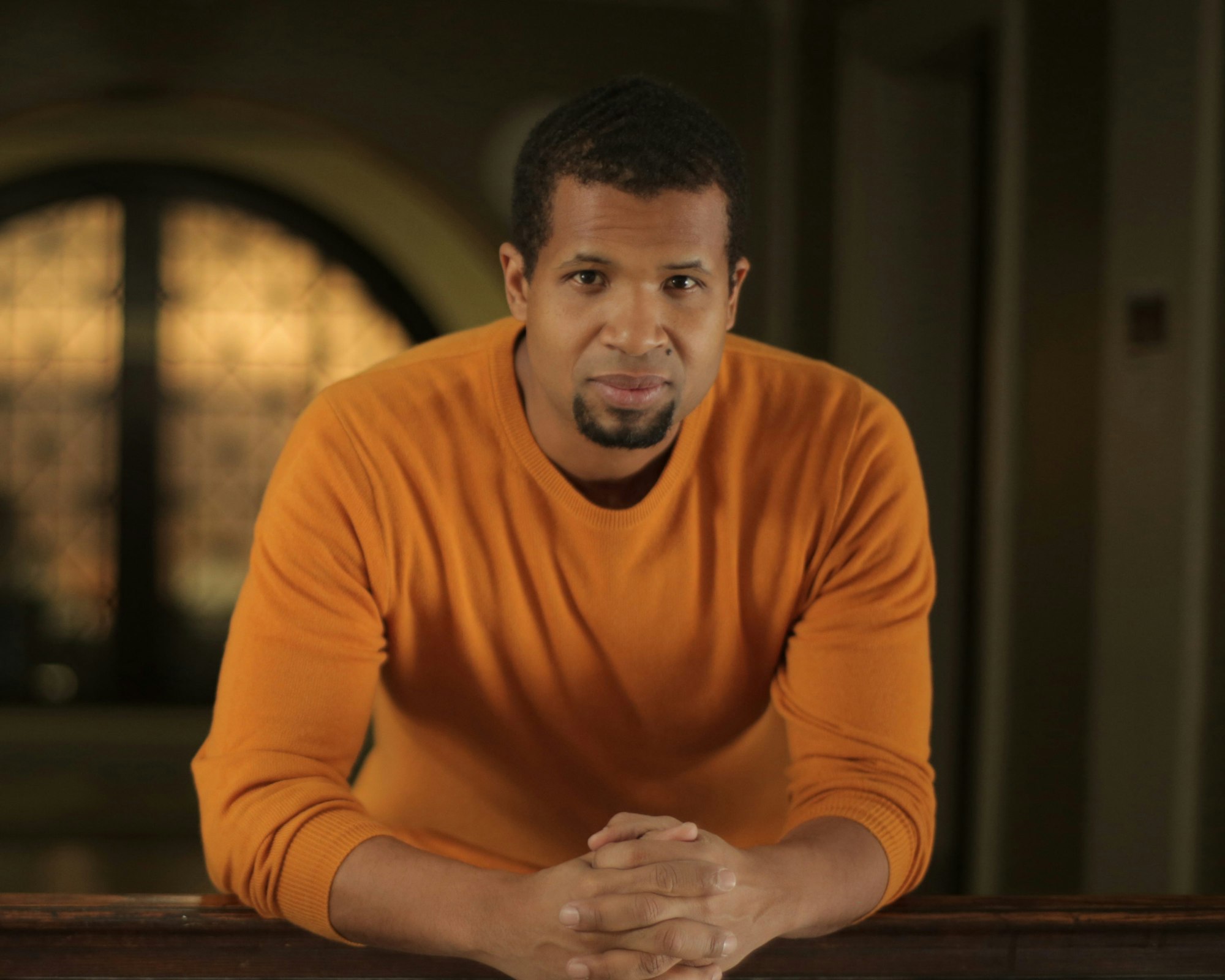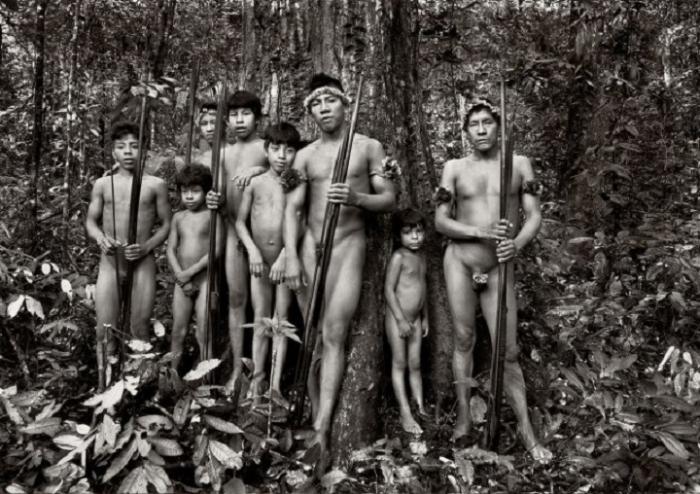
From the first few frames of ‘The House on Coco Street’ a film by Damani Baker, screened on Friday, Sept 29th, by Third Horizon Caribbean Film Festival at O Cinema in Wynwood, Miami, it was clear it was going to be a powerful human story of international significance.
Its opening juxtaposed a close-up of the young, charismatic Black NJM Prime Minister and loved populist leader of a peaceful revolution, making an impassioned plea for the future of his island paradise home in 1982, and the old, hawkish, White, Republican President of the most militaristically powerful country in the world – the United States, spewing hateful threats towards the Spice Isle – a tourist destination in the Caribbean.
Bishops words evoked a vision for his small country of just about ah hundrud thousand mostly Black people with a mostly Black government, and mooted the potential he saw in this for attracting the attention of millions of Black American progressives, and the willing participation of many with a vision of a better, more humane society.
The film has a special significance for me, as a Caribbean creative living in Canada at the time. I, too, was one who responded with letters of application for work and was contracted by that government’s Ministry of Education to help in the construction of a New Society as Bishop called it that opening sequence. I never got there, prevented by the unfolding events that are part of the main thrust of this film for which I’m most thankful.
The young, peace loving Bishop in that opening sequence spoke words which pointed to that kind of potential and its consequence for building a “New Woman and a New Man” relieved of rampant consumerism and focused on appropriate and peaceful human developments. The hawkish President Reagan’s words in that opening sequence were an assertion of his powerful country’s intolerance of anyting suh!
That set the tone for a powerful story that is poignantly relevant up to this day. And what immediately followed was powerful testimony by an American woman who witnessed the building up and the crushing down of that vision by Grenadians, other progressive Caribbeans and other citizens from around the world. She and her colleagues and her children looked on in awe and confusion at the invading Americans bombarding poor little Grenada on the pretext of saving 200 American Medical students who were absolutely under no threat of violence. It was unimaginably horrific to Fanny, whose generations before her had come from the horrific situation of share cropping in the American South.
The film becomes biographical and traces the struggle of that woman’s family through the trauma of unrelenting racism in her country. It then tells eloquently of the long standing tradition among Black American families of a “Migration to a Vision of a better world” which took her North in her teenage years to college and to actively participate in the struggle against ongoing state sponsored terrorism meted out to folks like her all over the US. There she comes under the influence of the Liberator of minds – Angela Davis – the scholar/activist/professor who fluently spoke several languages, and the first woman to ever run for President of the US, Charlene Mitchel. They inspired and instructed her in political activism well.
Fighting for Peace and Justice, activists were killed and jailed and people’s lives turned upside down, the film shows it as a fight by Blacks against the greatest of odds. The details of those acts in that time are not from the imaginings of the film’s director. They are from the declassified files of reports, some shown in the film, of COINTELPRO – a program of American governance that show its agencies were actively attempting to destabilize the Black Student Movement at UCLA. Professor Davis under pressure from the US government was fired before she could give her first class. She, as the film shows, was, as we all know, famously jailed later! Activism about the Vietnam war and Dr. Luther King’s civil rights work as the film shows, dominated that time, and an expansion of the jail system in California, and the country as a whole alarmingly ensued.
This woman, “committed to the death” as the film asserts would go on, while continuing her activist work, and her studies, to hold down a full time job. Children entered her world and the main focus of her attention shifted, but not entirely. With protest from her film director son about the missing details in her narrative about her life at this stage reveals that for her, her husband, whom she met at a dance, was not her focus. They separated. It was the committed pursuit of that “Migration to a Vision of a Humane world” that was Fannie’s focus.
Earlier, the film reveals that her pursuit of that vision is what led her. And with Davis, and others she would leave for Cuba. It was her first trip outside of the US and she was going to cut cane – a piece of madness in the view of her father! It proved an opportunity to meet others of similar mind from around the world and was a strengthening of her commitment to a dogged pursuit of that vision, even as the communities in which she and others were organizing were being destabilized, and overrun by drug addiction.
Everything for her, however, changed in 1980 which was the UN declared International Year of the Woman. Accompanying Davis to Grenada for speeches there on International Women’s Day, she was excited by Bishop’s vision, and by the people of Grenada. She decided to uproot her children and take them with her from Reagan’s America to give service to that peaceful ‘Revo’, as it was popularly known to all Grenadians and outside sympathizers. This she did, as her own parents had done for her in moving north from the Amerikkkan South, to give her children a chance to grow up in a safe, friendly island paradise. It was a sort of continuance of the protective measures her own parents has engaged it to shield her and her siblings, as many Southern Blacks at the time did, from the contradictions of the South that could and would readily turn deadly, and or degrade its people’s humanity.
Fannie, was, in her mind, taking her children to an island Paradise 21 miles long by a 12 mile smile wide. They would, in under a year, be evacuated, along with the 200 unscathed medical students, back to the US on US military transport planes as that country’s war with little friendly, smiling Grenada raged. Before it came to that, a coup arranged by an overly ambitious deputy Prime Minister and other government and Army officials threw the beloved Revo off its rails and much confusion reigned. US officials on the island, from whom Fannie, concerned about her safety and that of her children, inquire, as the confusion of the coup raged, whether the US, like the other foreign countries who were evacuating their citizens, would be doing likewise, responded in the negative and when she asked what she should do the official responded with one word – Duck! An uncaring attitude of White US officials on the island to Black American citizens there is what that response, as contextualized in the film, strongly suggested.
Reagan saw the new airport being built on the island in accordance with international passenger plane landing requirements by Cuban and other foreign aid as a threat, and Harry Belafonte’s characterizing in song of dat island as an Island Paradise, went up in loud explosions and black smoke, and the din of war silenced the tone of that sweet song along with any such hopes for a progressive political environment. The film reveals that the Prime Minister and several ministers loyal to the cause lay dead and buried in an, up until now, unknown grave and hundreds of Grenadians were killed. But the President of the greatest military power, as the film shows, came to the island to unveil a plaque which spoke of the gratitude of the Grenadian people to his country. The aspirations of this now bitter country of Belafonte’s sweet song were crushed by America’s insistence on “Democracy”. But when in 1982, as the film showed, the Prime Minister went to the US to attempt to assuage the fears of the American government about the intentions of his country. President Reagan completely ignored him.
Before Bishop’s mother’s death in 2013, she and the Grenadian people witnessed the naming for him of the concluded airport to perpetuate his legacy. The film shows his daughter speaking at the dedication. He had, while in power, named one of the country’s military Forts in honor of his father – an active trade unionist, whom had been killed at the dictate of the corrupt, American supported, dictatorial prime Minister Eric Gary. But the film does not end there. It continues with powerful testimony from Bishop’s mother and sister about the tribulations of their family and country.
Only a child’s letter, written by the film’s director on the 2nd of November 1983 gives account in the film of those harrowing events. Not a single journalist’s report exists in the media however of the positive experience that was that child’s Grenada. The military reports showed that the island was “Bombed until it Shook!”
Resonating with links to continuing racial violence perpetuated against ordinary Black Americans, the film reveals the “Cancer Alley” reality that the dioxin poisoning, under official denials, made of Coco Road, on which, as a child, the director lived in America. It points at ongoing racial violence with references to the “Hands Up Don’t Shoot” call by the “Black Lives Matter” movement and the “We Don’t Want You Niggas Here” propagandizing of racist Americans.
This is a ‘Must Be Seen By Everyone’ kind of film, which screams out that there is a “Personal need to work for a better world”. That the way things are is “Not the way things are supposed to be”. It is a strong insistence that there be a “Migration to a Vision!”
Errol Ross Brewster
October 20th, 2016






